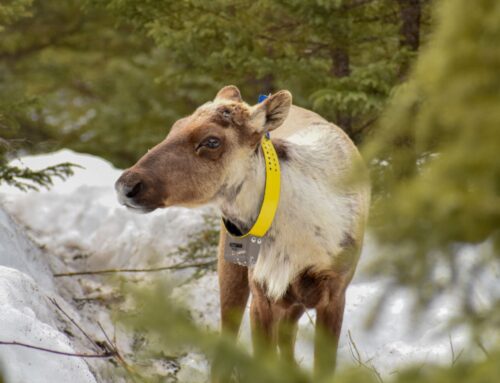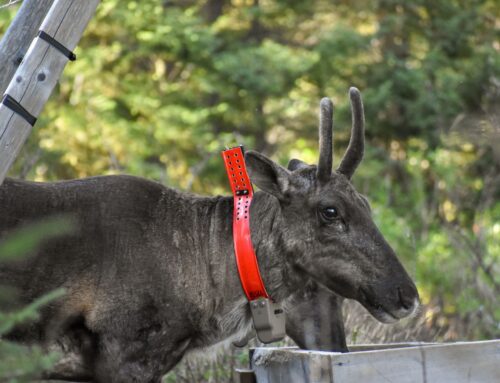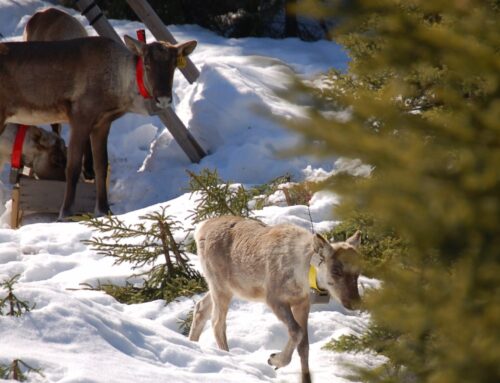In Quebec, population health indicators, including recruitment and adult survival, indicate that almost all officially listed caribou populations are in decline.
Published on May 15, 2021
Source: Guillaume Roy, Radio-Canada
The picture is not very bright,” said Sabrina Plante, a biologist with the Ministère de la Forêt, de la Faune et des Parcs (MFFP), during a presentation held at ANAC. We have several populations for which the decline is confirmed, including the three isolated populations and five populations in the continuous range sector.”
For two other populations (Bustard and Manicouagan), the decline remains to be confirmed.
The Caniapiscau population appears to be growing, but monitoring only began in 2018. For the Detour and James Bay sector populations, the MFFP is in the process of acquiring data to clarify the demographic trend.

The closer caribou populations are to human activities, the more at risk they are. South of their range, the vast majority of woodland caribou populations in Canada are in decline. PROGRESS ARCHIVES
The isolated populations in Charlevoix, Val-d’Or and Gaspésie are considered to be at risk in the short to medium term. After enclosing the Val-d’Or herd of six caribou, the MFFP confirmed that it will do the same with the Charlevoix population, and with the pregnant females in the Gaspé Peninsula, to “maintain the caribou population until the adoption of the caribou strategy”.
Despite the efforts and interim management measures imposed by Quebec, populations continue to decline.
Other threats to barren ground caribou
Although there is less human presence in the north, barren-ground caribou are also under threat in Canada. “The impacts of climate change are much more significant in the north,” says Martin-Hugues Saint-Laurent.
The lack of ice has a significant impact on the movement of caribou, sometimes forcing them to swim long distances, which can lead to exhaustion. In addition, the black bear is also migrating north, bringing a new predator that the caribou are not wary of. Parasites and disease add to the cocktail of threats facing barren-ground caribou.










